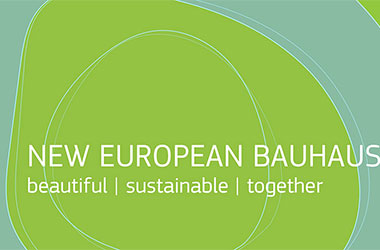Efficient and Accurate Candidate Generation for Grasp Pose
Por um escritor misterioso
Descrição
Recently, a number of grasp detection methods have been proposed that can be used to localize robotic grasp configurations directly from sensor data without estimating object pose. The underlying idea is to treat grasp perception analogously to object detection in computer vision. These methods take as input a noisy and partially occluded RGBD image or point cloud and produce as output pose estimates of viable grasps, without assuming a known CAD model of the object. Although these methods generalize grasp knowledge to new objects well, they have not yet been demonstrated to be reliable enough for wide use. Many grasp detection methods achieve grasp success rates (grasp successes as a fraction of the total number of grasp attempts) between 75% and 95% for novel objects presented in isolation or in light clutter. Not only are these success rates too low for practical grasping applications, but the light clutter scenarios that are evaluated often do not reflect the realities of real world grasping. This paper proposes a number of innovations that together result in a significant improvement in grasp detection performance. The specific improvement in performance due to each of our contributions is quantitatively measured either in simulation or on robotic hardware. Ultimately, we report a series of robotic experiments that average a 93% end-to-end grasp success rate for novel objects presented in dense clutter.

Deep learning for detecting robotic grasps - Ian Lenz, Honglak Lee

Data-driven robotic visual grasping detection for unknown objects

PEGG-Net: Background Agnostic Pixel-Wise Efficient Grasp
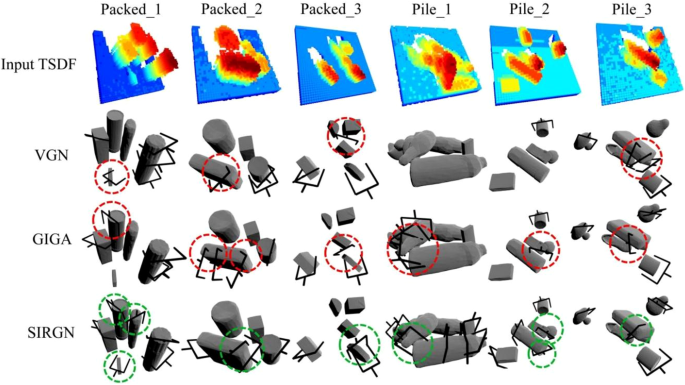
6-DoF grasp pose estimation based on instance reconstruction

3D Grasp Pose Generation from 2D Anchors and Local Surface
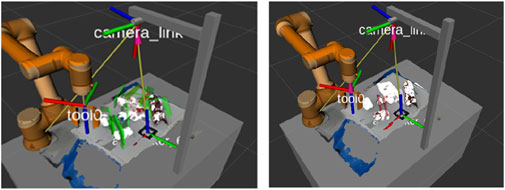
Frontiers Learning-based robotic grasping: A review

A semantic robotic grasping framework based on multi-task learning
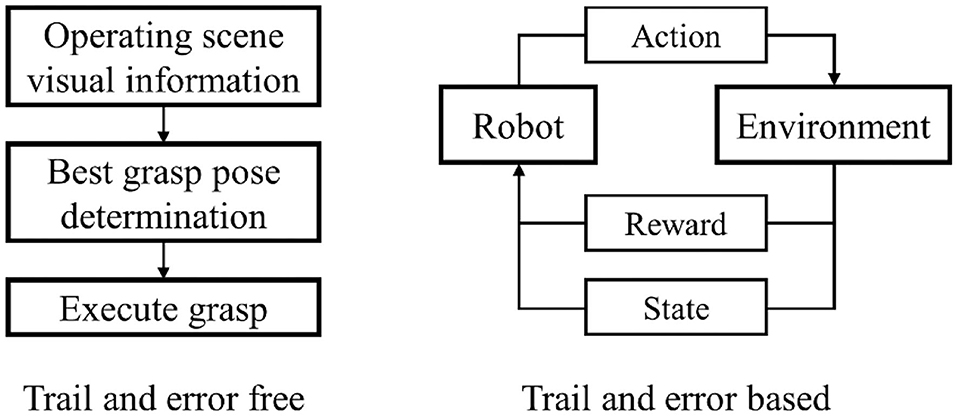
Frontiers Robotics Dexterous Grasping: The Methods Based on

HGG-CNN: The Generation of the Optimal Robotic Grasp Pose Based on

Grasp pose representation in the camera frame

Overview of robotic grasp detection from 2D to 3D - ScienceDirect
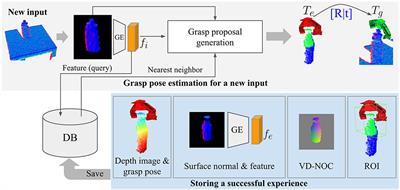
Frontiers DGCM-Net: Dense Geometrical Correspondence Matching

PDF) Efficient and Accurate Candidate Generation for Grasp Pose
de
por adulto (o preço varia de acordo com o tamanho do grupo)


